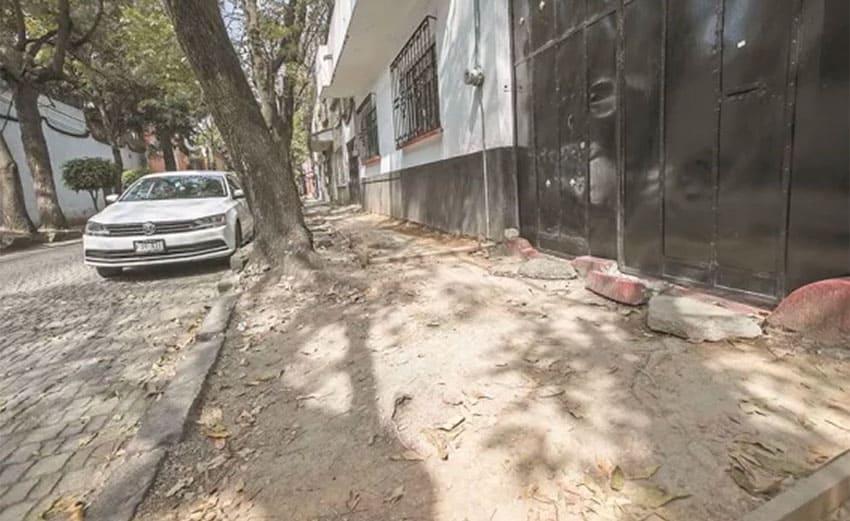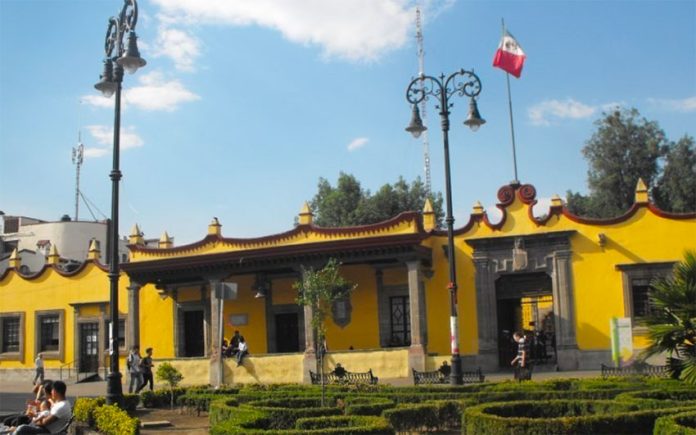Unauthorized changes to heritage sites along with the proliferation of bars, nightclubs and restaurants pose a risk to historical neighborhoods in the Mexico City borough of Coyoacán, local residents say.
The neighborhoods of Santa Catarina, Villa Coyoacán and Barrio Coyoacán as well as part of Del Carmen were classified by the federal government in 1990 as an area of historical monuments.
As a result, any construction and restoration projects in the 86-block area – within which 50 historically important buildings are located – must receive prior approval not just from local authorities but also the National Institute of Anthropology and History (INAH).
However, local residents claim that the municipal government and some private citizens have carried out work that has altered the appearance of the historical streets and buildings of Coyoacán without first seeking permission from INAH.
Leticia Perdiz of the Villa Coyoacán residents’ association laid blame squarely at the feet of the Coyoacán mayor.

“Manuel Negrete is a mayor whose priority is soccer,” she said about the 60-year-old former professional footballer who represented Mexico at the 1986 World Cup.
“Since he arrived [in 2018], his lack of knowledge about historical monuments has been noted,” Perdiz said.
During Negrete’s administration, the façade of the old town hall (also known as the House of Hernán Cortés) has been altered and pavilions have been installed in the central square without INAH approval, she said.
Perdiz added that authorities also failed to seek INAH permission to replace sidewalks in Francisco Ortega street.
INAH official Manuel Villarruel confirmed that there was no collaboration between the Coyoacán government and the institute on the projects but added that the two parties have recently begun working together.
He also said that INAH has shut down some projects that were being carried out without authorization.
Perdiz also said that large numbers of bars, nightclubs and restaurants opened in the area during the administrations of previous governments.
But she charged that even more establishments have arrived since Negrete took office and claimed that the mayor is allowing them to violate local regulations.
“We don’t have anything against commerce, the problem is that all the [traditional] stores have been lost,” Perdiz said, referring to businesses such as stationary stores and tortilla shops.
“They’ve been driven out by bars and nightclubs. A lot of residents have moved because of the excessive noise. We want the law to be respected and the [cultural] wealth and diversity of the neighborhood to be preserved,” she said, explaining that a lot of establishments remain open beyond legal operating hours.
Villarruel said that INAH doesn’t have any authority over what kind of businesses can operate in central Coyoacán but explained that the institute does seek to ensure that new construction projects “don’t alter the heritage value” of the area.
Source: El Universal (sp)
